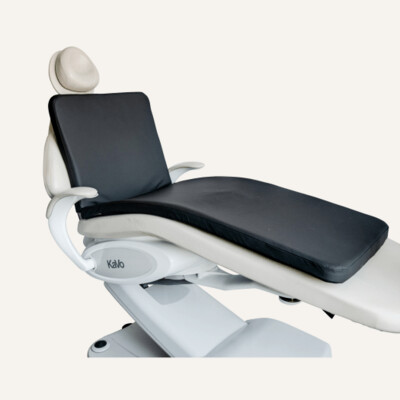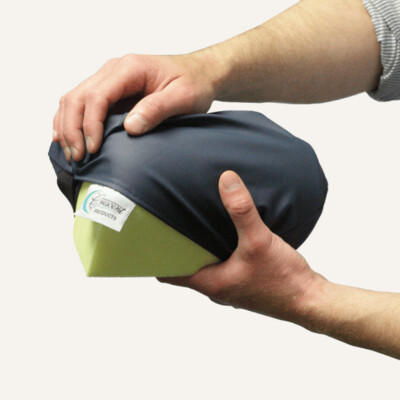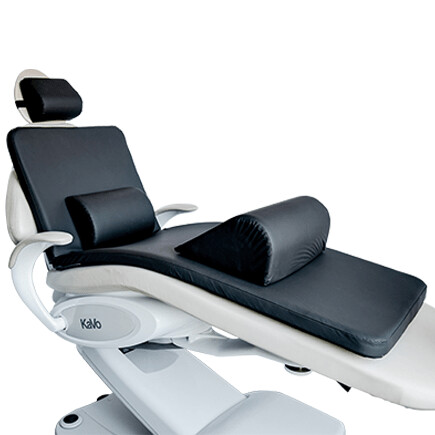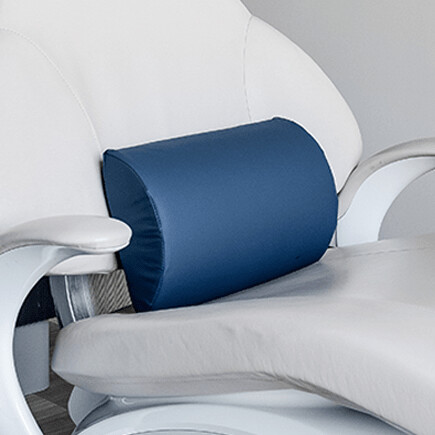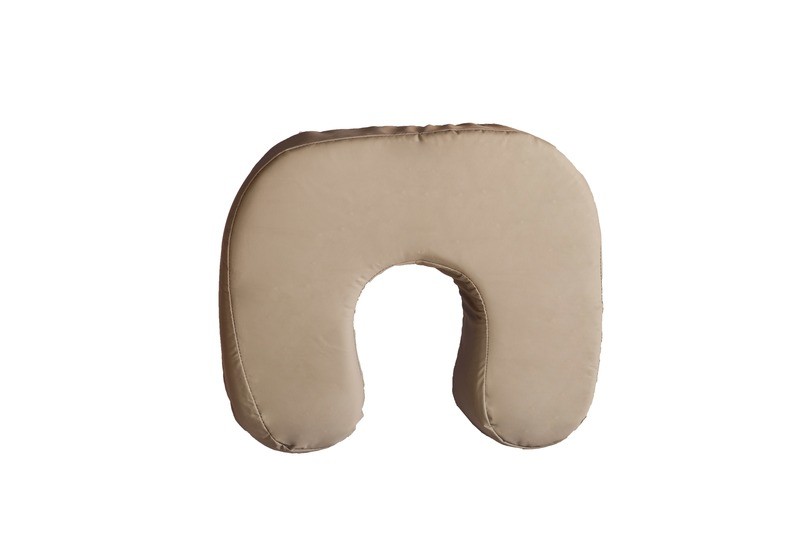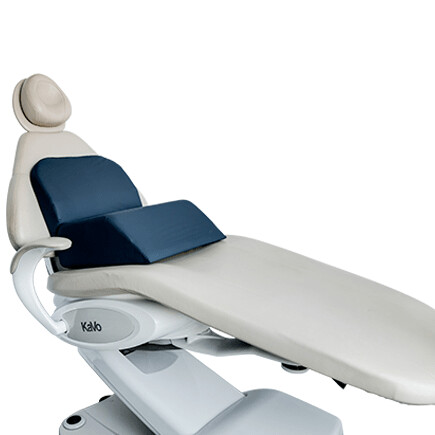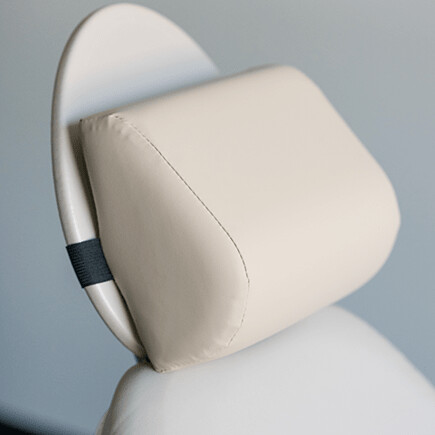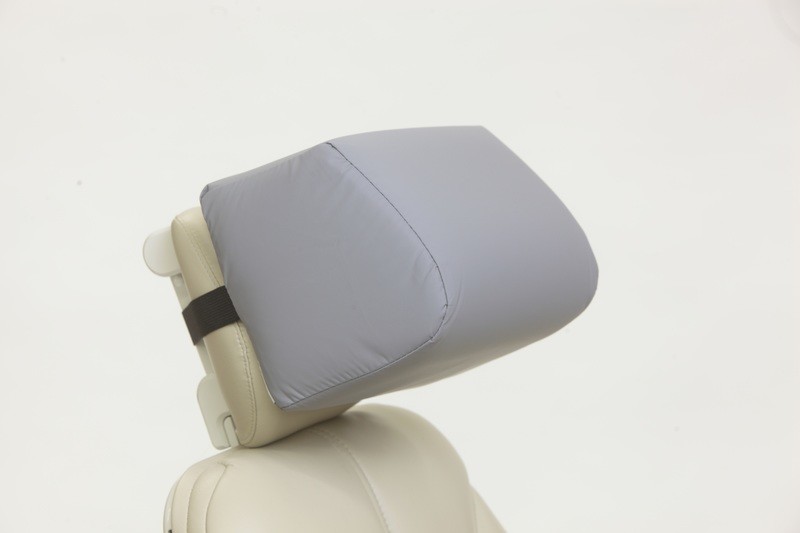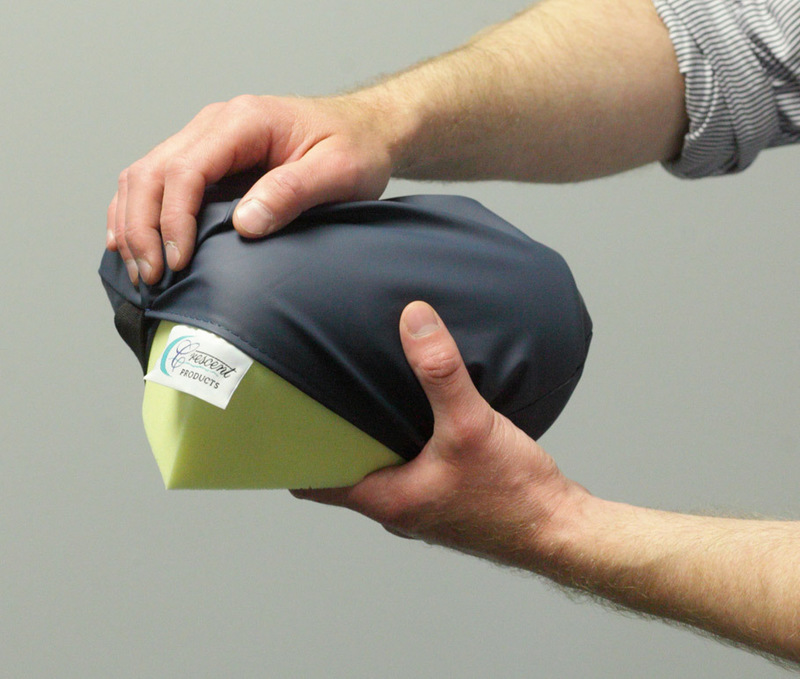Everything Dentists and Assistants Need to Know About Patient Positioning
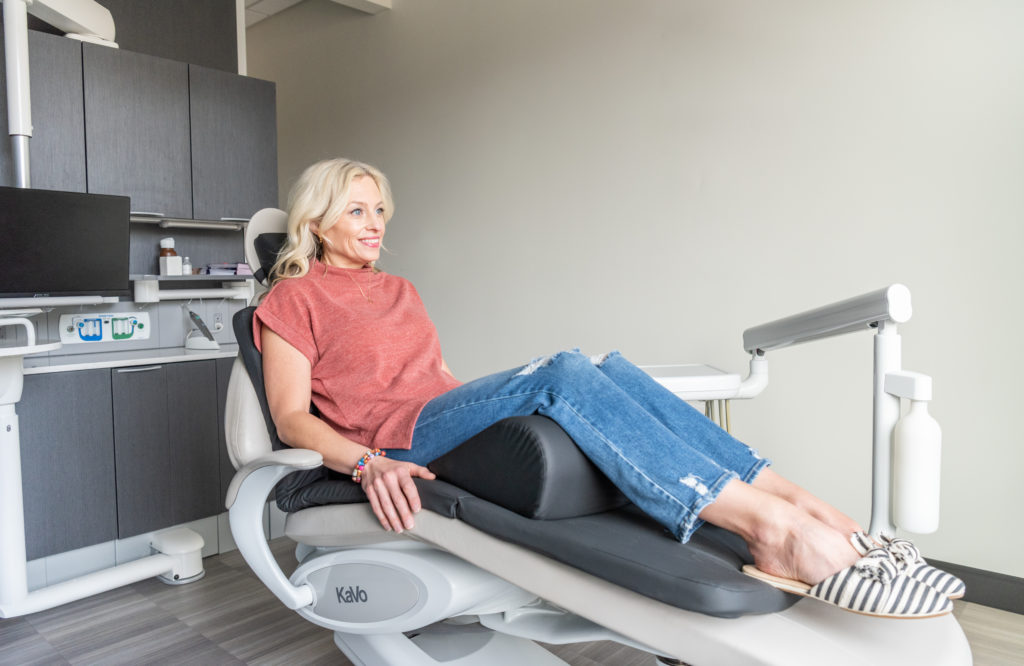
Why is proper patient positioning important in dentistry? This practice is critical not only to dental care, it also benefits both patients and practitioners in terms of comfort. Proper patient positioning increases comfort, improves access, and ensures the delivery of high-quality dental care. What are the best ways to position patients, and is there something dentists and hygienists can use to facilitate optimal positioning in their clinics?
The Importance of Proper Patient Positioning
Why is proper patient positioning important? For starters, it impacts both patients and dental professionals in many ways.
- Reducing Patient Discomfort: proper positioning minimizes strain and discomfort for patients during dental procedures, making the experience more pleasant and reducing anxiety.
- Enhanced Stability: it ensures the patient is stable and secure, helping prevent accidental movements that could lead to injuries or procedural errors.
- Improved Treatment Access: optimal positioning provides better access to the oral cavity, allowing dentists to work more efficiently and precisely.
- Reduced Fatigue: proper ergonomics reduce the physical strain on dentists and assistants, decreasing the risk of musculoskeletal disorders and fatigue over long periods.
- Treatment Accuracy: with better visibility and access, dentists can perform procedures with greater accuracy and effectiveness.
- Safety: proper positioning ensures that both patient and practitioner’s safety are maintained throughout the procedure.
The Best Ways to Position Patients
Effective patient positioning involves considering the angles of the head and neck and adjusting the dental chair accordingly. When it comes to head positioning, make sure that the head is in a neutral position with the chin slightly down. This angle provides the best access to the upper and lower arches.
For procedures on the upper arch, the head should be slightly tilted back to expose the maxillary teeth fully. For the lower arch, the head should be positioned slightly forward to allow easy access to the mandibular teeth.
When it comes to neck support, look for proper alignment. The neck should be supported to maintain proper alignment with the spine. This reduces strain and discomfort for the patient. You should also use adjustable headrests to fine-tune the neck position for different procedures.
Chair Positioning
A reclined position is generally preferred for most dental procedures, as it provides better access and visibility for the dentist while keeping the patient comfortable. You should also adjust the chair height so that you can work comfortably without bending or straining. The patient’s mouth should be at the level of the dentist’s elbows when their arms are at a 90-degree angle.
Additional support and comfort in the form of dental headrests and other support cushions can also be used, particularly for patients with specific needs or conditions.
How Using a Dental Headrest Can Help with All of This
Dental headrests are invaluable tools for achieving optimal patient positioning. They can help provide:
- Consistent Positioning: adjustable dental headrests help maintain the patient’s head in a stable and consistent position, reducing the need for frequent adjustments during procedures.
- Customized Comfort: high-quality headrests can be adjusted to suit individual patient needs, providing customized support that enhances comfort and reduces movement.
- Reduced Strain: by supporting the patient’s head and neck, dental headrests help dentists maintain a neutral posture, reducing strain on the back, shoulders, and neck.
- Better Access: properly positioned headrests improve access to the oral cavity, allowing for more efficient and precise dental work.
- Time Savings: with the patient’s head properly supported and positioned, dentists can work more quickly and efficiently, reducing the overall time needed for procedures.
- A Focus on Care: dentists can focus on the procedure without the distraction of adjusting the patient’s position, leading to higher quality care and better patient outcomes.
- Durability and Hygiene: high-quality headrests are durable and easy to clean, ensuring they remain hygienic and functional over long periods.
Position Your Patient for Successful and Comfortable Care Today
Proper patient positioning is crucial in dental care, benefiting both patients and practitioners by enhancing comfort, efficiency, and the quality of care. By understanding the best ways to position patients and utilizing high-quality dental headrests, you can significantly improve your workflow and patient satisfaction.
Invest in ergonomic dental chair pads to move toward a more efficient and patient-friendly dental practice!

